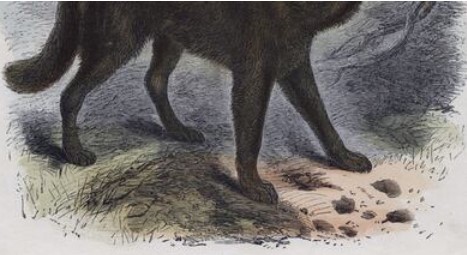The Grey Wolf: a Novel

In ‘The Grey Wolf: a Novel’, the protagonist’s journey through the unforgiving wilderness serves as a profound exploration of survival and instinct. This narrative not only illustrates the physical challenges faced by the lone wolf but also invites a deeper reflection on the interplay between environment and identity. As the wolf confronts both external adversities and internal struggles, the question arises: what does it truly mean to be free in a world governed by primal forces? The complexities of this relationship beckon further examination, revealing layers of vulnerability and resilience that resonate beyond the wild.
Themes of Survival and Instinct
In ‘The Grey Wolf,’ the themes of survival and instinct are intricately woven into the narrative, illustrating how primal drives shape both individual destinies and the broader dynamics of the natural world.
The exploration of survival instincts reveals the raw power of primal behavior, emphasizing the intrinsic connection between organisms and their environments.
Ultimately, this highlights the relentless pursuit of freedom amid nature’s unforgiving challenges.
Read also: Tasmanian Wolf:9i363gatqso= Thylacine
The Journey of the Protagonist
Charting the protagonist’s journey reveals not only the physical challenges faced in the wild but also the profound internal transformations that accompany the struggle for survival and self-discovery.
Through rigorous character development, the narrative delves into emotional struggles, highlighting moments of vulnerability and resilience.
This duality enriches the protagonist’s experience, illustrating how external adversities catalyze significant introspection and growth, ultimately fostering a quest for freedom.
Read also: Synopsis of the Grey Wolf: a Novel
Nature’s Role in Identity
Exploring the intricate relationship between nature and identity reveals how the protagonist’s interactions with the wilderness serve as a catalyst for self-realization and personal growth.
Through immersion in their natural habitat, the character navigates identity formation, confronting internal conflicts and societal expectations.
This connection to the environment fosters a profound understanding of self, emphasizing the transformative power of nature in shaping one’s identity.
Conclusion
In ‘The Grey Wolf: a Novel,’ the interplay of survival and instinct underscores the protagonist’s relentless journey through adversity, ultimately shaping a profound understanding of self.
The narrative intricately weaves nature’s role in the formation of identity, prompting reflection on the essence of existence within the wild.
Can the struggle for freedom and the raw power of instinct reveal deeper truths about the interconnectedness of life?
This exploration invites readers to reconsider their perceptions of resilience and vulnerability in the natural world.



